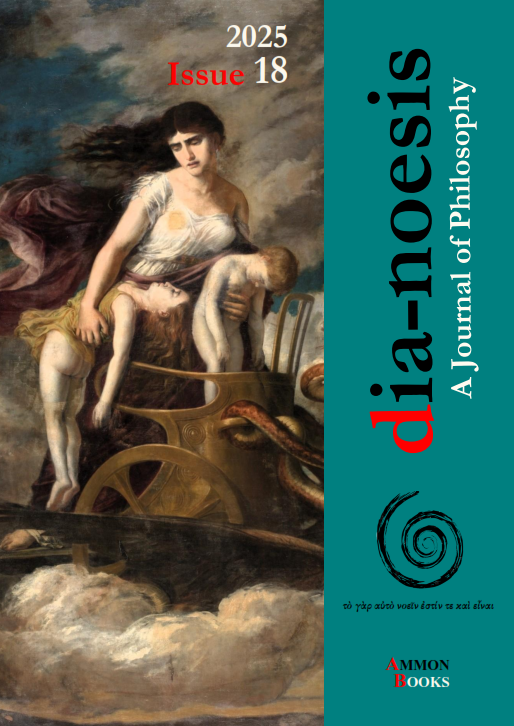Temporal Wounds and Racial Ruins: Structural Racism, Traumatic Latency, and Familial Disintegration in Jesmyn Ward’s Salvage the Bones

Abstract
Jesmyn Ward’s Salvage the Bones (2011) reimagines Hurricane Katrina not as an isolated natural disaster but as the culmination of systemic neglect and racialized precarity in the American South. This paper examines how structural racism, manifest in housing, healthcare, and economic disenfranchisement, functions as slow, cumulative trauma that destabilizes Black familial life. Drawing on Lawrence and Keleher’s theory of structural racism and Cathy Caruth’s trauma theory, the study argues that the novel depicts trauma as temporally dispersed rather than event-based. Esch’s fractured narration, the father’s survivalist compulsions, and Skeetah’s obsessive care for China emerge as expressions of psychic dislocation and deferred affect. Ultimately, the novel reconfigures the disaster narrative by exposing how racial violence persists through affective and infrastructural absences. Ward critiques the myth of a post-racial America, revealing how trauma is encoded into the very systems that purport to safeguard marginalized communities.
Article Details
- How to Cite
-
Aijaz, A., & Shrivastava, J. (2025). Temporal Wounds and Racial Ruins: : Structural Racism, Traumatic Latency, and Familial Disintegration in Jesmyn Ward’s Salvage the Bones. Dia-Noesis: A Journal of Philosophy, 18(2), 15–36. https://doi.org/10.12681/dia.43392
- Section
- Articles


